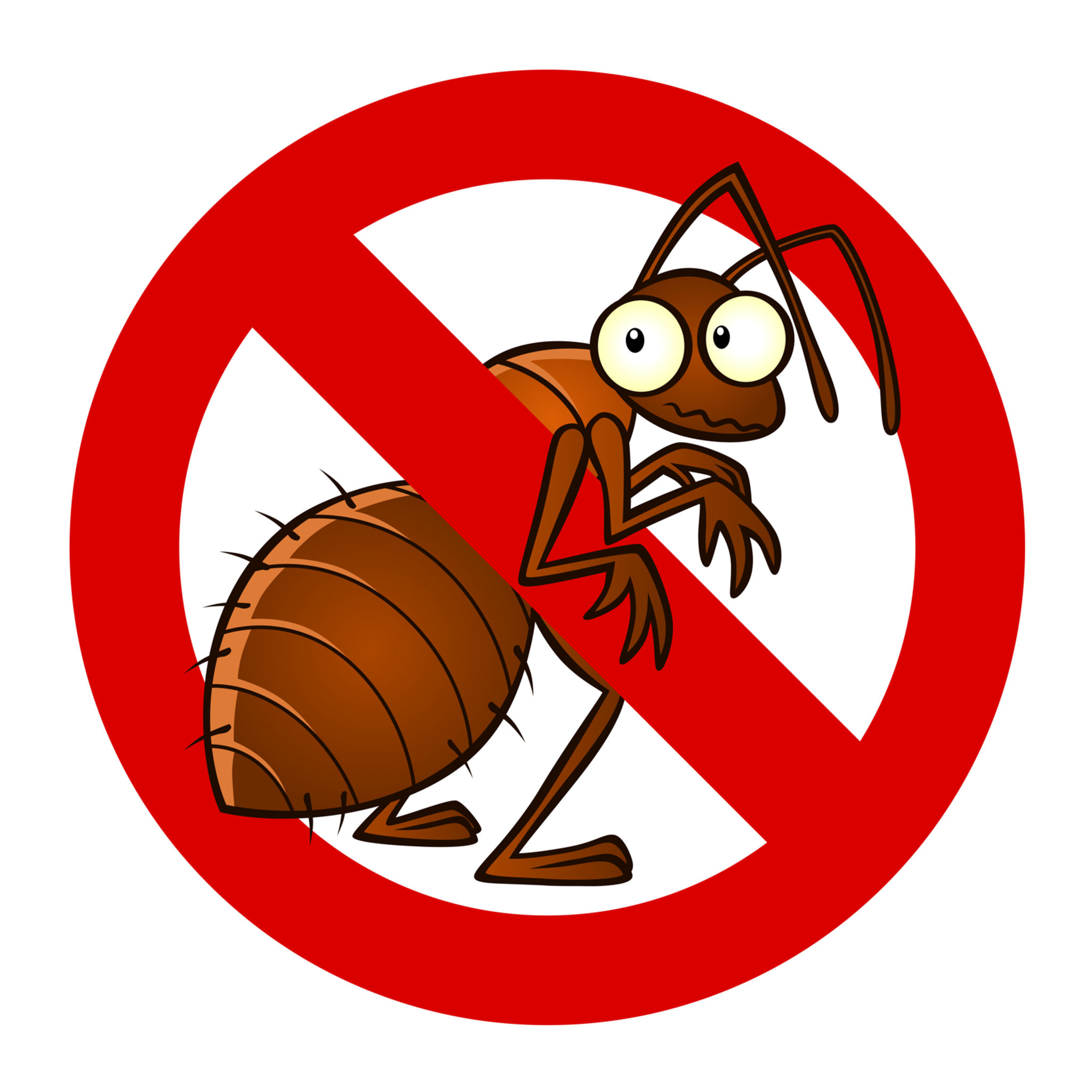Expert A1 Charlotte Bed Bug Exterminator - Quality Solution Guaranteed
Expert A1 Charlotte Bed Bug Exterminator - Quality Solution Guaranteed
Blog Article
Bed Insect Treatment Failure: Contrasting Chemical Vs. Non-Chemical Solutions
In the world of insect control, particularly when taking care of the persistent issue of bed pests, the selection between chemical and non-chemical therapy options can be a crucial one. Both strategies provide distinct advantages and disadvantages, influencing elements such as efficiency, safety considerations, and total cost. By taking a look at the nuanced information of each technique, a more clear understanding of which course to pursue in addressing a bed bug infestation can be achieved.
Effectiveness of Chemical Therapies
Chemical treatments for bed insect invasions have actually been commonly acknowledged for their rapid and powerful effectiveness in eradicating these pests. When considering the efficiency of chemical treatments, it is crucial to recognize that they can give a thorough and fast solution to a bed pest trouble. Expert pest control experts typically count on pesticides to target bed pests at various phases of their life process, consisting of grownups, eggs, and fairies. These chemicals normally work by disrupting the bed bugs' nerves, causing paralysis and eventual fatality.
Additionally, chemical therapies have the advantage of supplying recurring impacts, suggesting that they can remain to get rid of bed insects even after the initial application. This recurring action is specifically valuable in combating any type of prospective re-infestations. In addition, the fast action of chemical therapies can bring relief to individuals encountering extreme bed insect problems, enabling them to reclaim control of their living rooms swiftly.
Safety And Security Worry About Chemical Solutions
One critical aspect that needs careful consideration when using chemical services for bed bug therapy is making sure the safety of occupants and the setting. Exposure to particular chemicals utilized in bed pest treatments can lead to respiratory concerns, skin irritation, or various other adverse reactions, especially in people with pre-existing conditions or level of sensitivities.
In addition, the environmental impact of chemical remedies is one more substantial consideration. Some pesticides utilized in bed bug therapies might be dangerous to helpful bugs, wild animals, and environments if they seep into the dirt or water supply. It is important to utilize chemical treatments deliberately, complying with safety and security guidelines, and taking into consideration much less harmful choices to alleviate these risks and guarantee the risk-free and efficient administration of bed bug infestations.
Benefits of Non-Chemical Strategies
Thinking about the potential safety and security problems and environmental influence connected with chemical services for bed bug therapy, checking out non-chemical approaches offers an encouraging option with numerous unique benefits. Non-chemical therapies are environmentally pleasant, as they do not contribute to air or water contamination, making them a sustainable selection for bug control.
Additionally, non-chemical options can be reliable in targeting bed bugs, consisting of hard-to-reach areas where chemical treatments might not pass through - A1 bed bug treatment in charlotte. Techniques such as heat therapy, vacuuming, steam cleaning, and mattress encasements provide extensive eradication without the usage of dangerous chemicals.
Limitations of Non-Chemical Treatments

In addition, non-chemical treatments commonly call for multiple applications to attain successful elimination. This can be lengthy and might not constantly assure complete elimination of all bed pests and their eggs, particularly in concealed or hard-to-reach areas.
Moreover, the success of non-chemical therapies greatly counts on proper application and thoroughness, which can be testing for people without professional proficiency. Poor application of non-chemical methods may lead to insufficient obliteration, causing relentless infestations and the need for extra treatments.
As a result, while non-chemical treatments have their advantages, it is necessary to recognize these constraints and consider them when determining one of the most effective method for handling bed insect invasions.
Price Contrast: Chemical Vs. Non-Chemical Options
Offered the constraints connected with non-chemical treatments, a crucial facet to review in the context of bed pest monitoring is the price contrast between chemical and non-chemical choices. Chemical therapies generally involve the application of insecticides by professionals, which can range from $250 to $900 per area, relying on the seriousness of the infestation and the size of the area to be treated. In comparison, non-chemical treatments like warm treatment or steam can be more costly, with costs varying from $1,000 to $6,000 for a whole home. While the preliminary cost of chemical treatments may appear reduced, several treatments might be needed to fully eradicate the problem, possibly enhancing the overall cost. On the various other hand, non-chemical choices may supply a much more sustainable and green solution, although they can be cost-prohibitive for some people. Inevitably, when taking into consideration the expense of bed insect treatment options, it is essential to evaluate the discover this upfront expenditures against the efficiency and long-lasting sustainability of the picked technique.
Verdict

Taking into consideration the potential security problems and ecological impact linked with chemical solutions for bed insect therapy, exploring non-chemical techniques offers a promising option with numerous unique advantages.Given the restrictions linked with non-chemical therapies, a necessary aspect to assess in the context of bed insect administration is the cost contrast in between chemical and non-chemical options. In contrast, non-chemical treatments like warm treatment or steam can be more costly, with expenses varying from $1,000 to $6,000 for an entire home. While the first price of chemical therapies might appear reduced, multiple therapies might be needed to totally get rid of the problem, potentially boosting the total price.In verdict, when contrasting chemical and non-chemical bed pest treatment choices, it is essential to consider effectiveness, safety, benefits, limitations, and cost.
Report this page